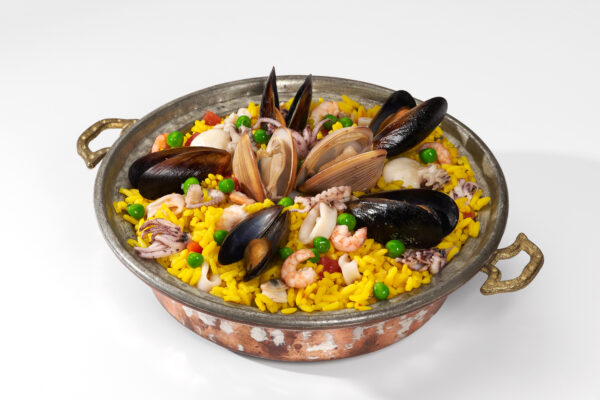How to Buy Seafood with Sustainability in Mind

Seafood is an excellent source of protein, nutrients, vitamins, and minerals. However, indiscriminate fishing has led to reductions in the populations of many marine species. According to the United Nations’ Food and Agriculture Organization, close to 90% of the world’s marine fish stocks are now fully exploited, overexploited, or depleted.
What Can Businesses Do to Sustainably Buy Seafood, and What Can Consumers Do When Shopping?
By choosing sustainable seafood products, consumers can do their part to preserve both existing marine resources and the livelihoods of people in coastal communities around the world.
This challenge also extends to restaurants that buy seafood products.
Fortunately, there’s no shortage of resources and seafood guides to help you buy sustainable seafood. For example, one of the most widely-cited sustainable seafood-advisory lists is the Monterey Bay Aquarium’s Seafood Watch Program, which offers comprehensive guides on what seafood to buy, where to buy it, and when. Another excellent resource is the Marine Conservation Society’s Good Fish Guide, which offers a similar what’s-OK-to-buy list of sustainable seafood.
To help you order seafood online, we’ve put together a list of seafood choices that have been rated as sustainable.
MUSSELS
What makes mussels so sustainable has everything to do with the way they grow. In the wild, mussels will thrive in shallow areas, such as rock pools, pilings, and large beds on the seafloor. Because wild mussels grow packed tightly together, it’s easy for fishers to dredge them using rakes with no risk of bycatch or damage to mussel beds.
Farmed mussels are even better because mussel aquaculture requires neither food nor fertilizer — also known as zero-input aquaculture. Mussels clean the ocean by taking in water and removing plankton and other detritus while feeding. This helps regulate oxygen levels and prevents deadly algae blooms.
Seafood Watch Rating: Best Choice.
CLAMS
Like mussels, clams are bivalves that are good for the environment when farmed using sustainable methods. The gentlest way to harvest clams is by hand, which has the lowest impact on their habitats and other marine life. On the other hand, clams harvested with hydraulic dredges are considered a “Good Alternative”, largely because of concerns about the impact of this catch method on the seafloor.
Seafood Watch Rating: Best Choice.
SCALLOPS
Apart from being very easy to cook, scallops (both farmed and wild-caught) are generally sustainable. However, there are a few things to consider.
The most sustainable way to harvest wild-caught scallops is by hand — that is, with divers picking up scallops manually from the seafloor. Farm-grown bay scallops that are cultivated using suspension nets are even more environmentally friendly, as they are harvested without damaging their bottom habitat.
Seafood Watch Rating: Best Choice (farmed and wild-caught in the US).
SQUID
When buying frozen squid, you’ll want to check where and how it was caught. For example, squid is often a bycatch in places where Atlantic cod and whiting are fished using unsustainable methods.
In contrast, Japanese flying squid — typically caught in the northwest Pacific ocean — are more sustainable due to their larger numbers. The species is also classified as “Least Concern” by the International Union for Conservation of Nature. US wild-caught longfin squid and shortfin squid, also known as Loligo and Illex squid, are smart seafood choices as they are sustainably managed, as recognized by NOAA Fisheries and the Marine Stewardship Council (MSC).
Marine Conservation Society’s Good Fish Guide Rating: Two (one being the highest).
Do Your Homework When Ordering Sustainable Seafood
Admittedly, the meaning of “sustainable” can be nebulous in the seafood industry, as different groups define it in different ways. One way to determine if a seafood distributor or retailer provides sustainably sourced products is to check if they’re affiliated with organizations that act as industry watchdogs. For example, sellers that display the Marine Stewardship Council (MSC) label offer products that can be traced to well-managed fisheries.
At PanaPesca, we support the development of sustainability initiatives and work with multiple organizations dedicated to making the seafood and fishing industry more sustainable. We are committed to ensuring our seafood products are sourced from farms and fisheries that are certified sustainable or are involved in a Fishery Improvement Project.

